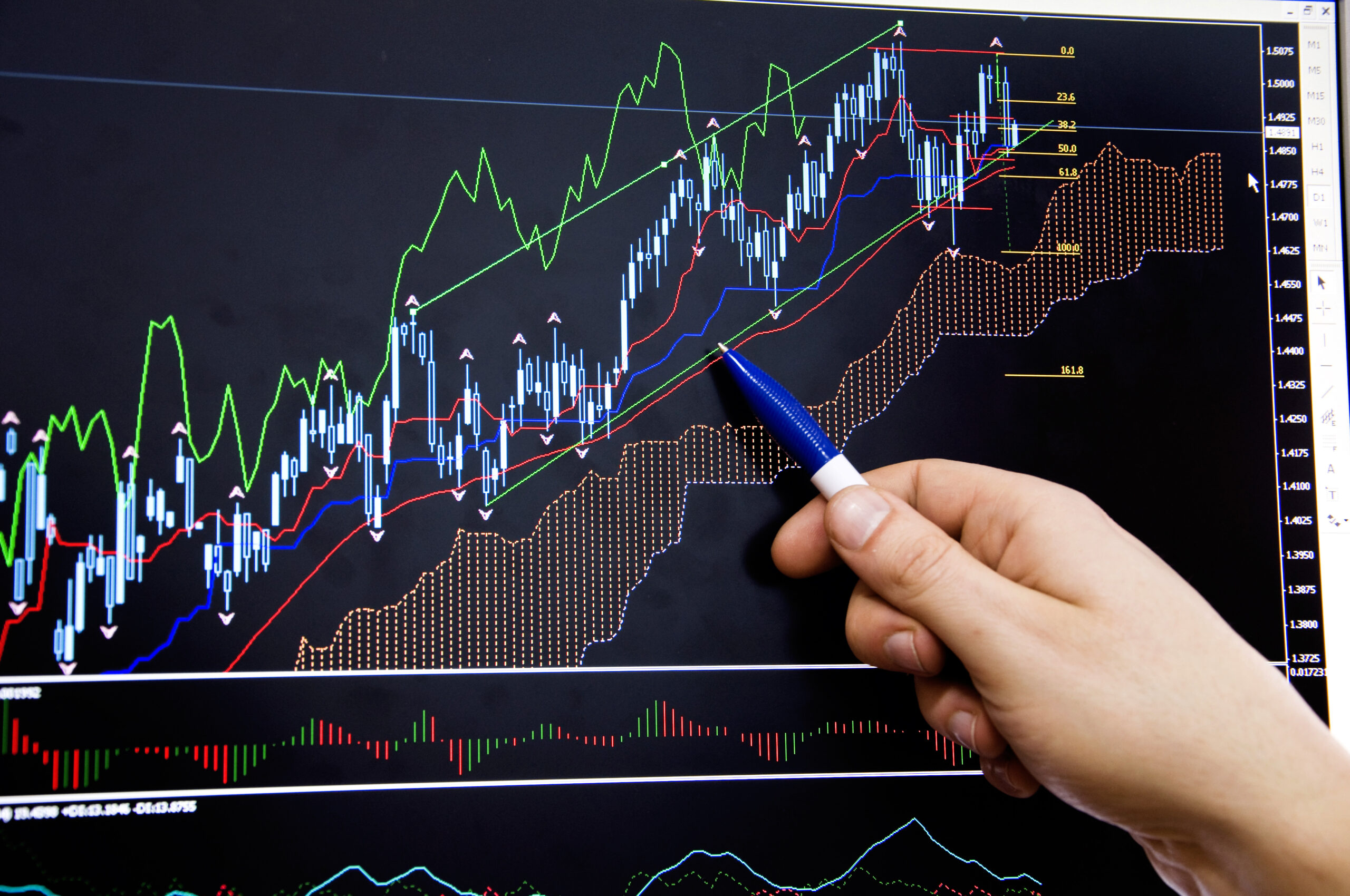Are you interested in CFD (Contract for Difference) trading skills to the next level? A beginner or an experienced trader, your trading skills improve your chances of success in the dynamic world of CFD trading. CFD trading traders speculate on the price movements of various financial instruments, stocks, currencies, commodities, and indices without owning the underlying asset. Instead, traders enter into a contract with a broker to exchange the price contract opened offers advantages, flexibility, and the ability to trade long and short positions. However, it has the potential for significant losses if the market moves against your positions.

Effective tactics for enhancing your CDF trading skills
- The start trading, develop a well-defined trading plan that includes your trading goals, risk tolerance, and trading strategy trading plan outlines your risk management rules, the maximum amount of capital you are willing to trade, and the percentage of your trading capital to your trading plan and avoid impulsive trading decisions based on emotions.
- If you’re new to CFD trading or trying out a new trading strategy, it’s advisable to practice with a demo account first. A demo account allows you to trade with virtual money in a simulated trading environment, which helps you gain experience and confidence without risking your real money. Use the demo account to test your trading strategies, practice risk management, and fine-tune your trading skills before trading with real money.
- Stays updated with the latest developments in the financial markets and continuously educate you about different trading strategies, techniques, and risk management principles. Read books, attend webinars, take courses, and follow reputable financial news sources to expand your knowledge and stay ahead game.
- Keeping a trading journal is a valuable tool for self-assessment and improvement. Record your trades, including the entry and exit points, trade size, and reasons for taking the trade. Analyze regularly to identify patterns, strengths, and weaknesses in your learning from your mistakes, replicate them successfully, and refine your trading strategy over time.
Managing risk is a crucial aspect of CFD trading and is essential for long-term success. Use stop-loss orders to automatically exit a trade if it goes against you. Set your stop-loss orders at a level that aligns with your risk tolerance and trading strategy. How to start Trading CFDs? CFD trading is generally done through an online broker. To start trading CFDs, an investor has an account with a broker and deposits funds. It helps you limit your losses and protect your trading capital from significant drawdowns. Avoid putting all your eggs in one basket by diversifying your trades across different financial instruments, sectors, and markets. Diversification helps you spread your risk and reduce the impact of potential losses from a single market.

Determine the appropriate position size for each trade based on your risk tolerance and trading account. Avoid overleveraging and risking a significant portion of your trading capital on a single CFD trading involves leverage, to trade with a smaller amount of capital than the notional value of the trade. Stay updated with the margin requirements of your broker and understands the leverage ratios before placing your exit strategy before entering a trade. Determine your profit target and the conditions under exit of whether it’s based on reaching a specific price target, a trailing stop, or a technical or fundamental signal. Having a clear exit strategy helps you lock in profits and minimize losses.








